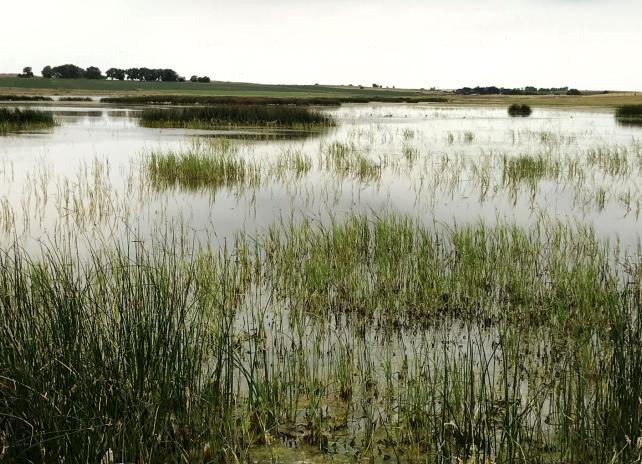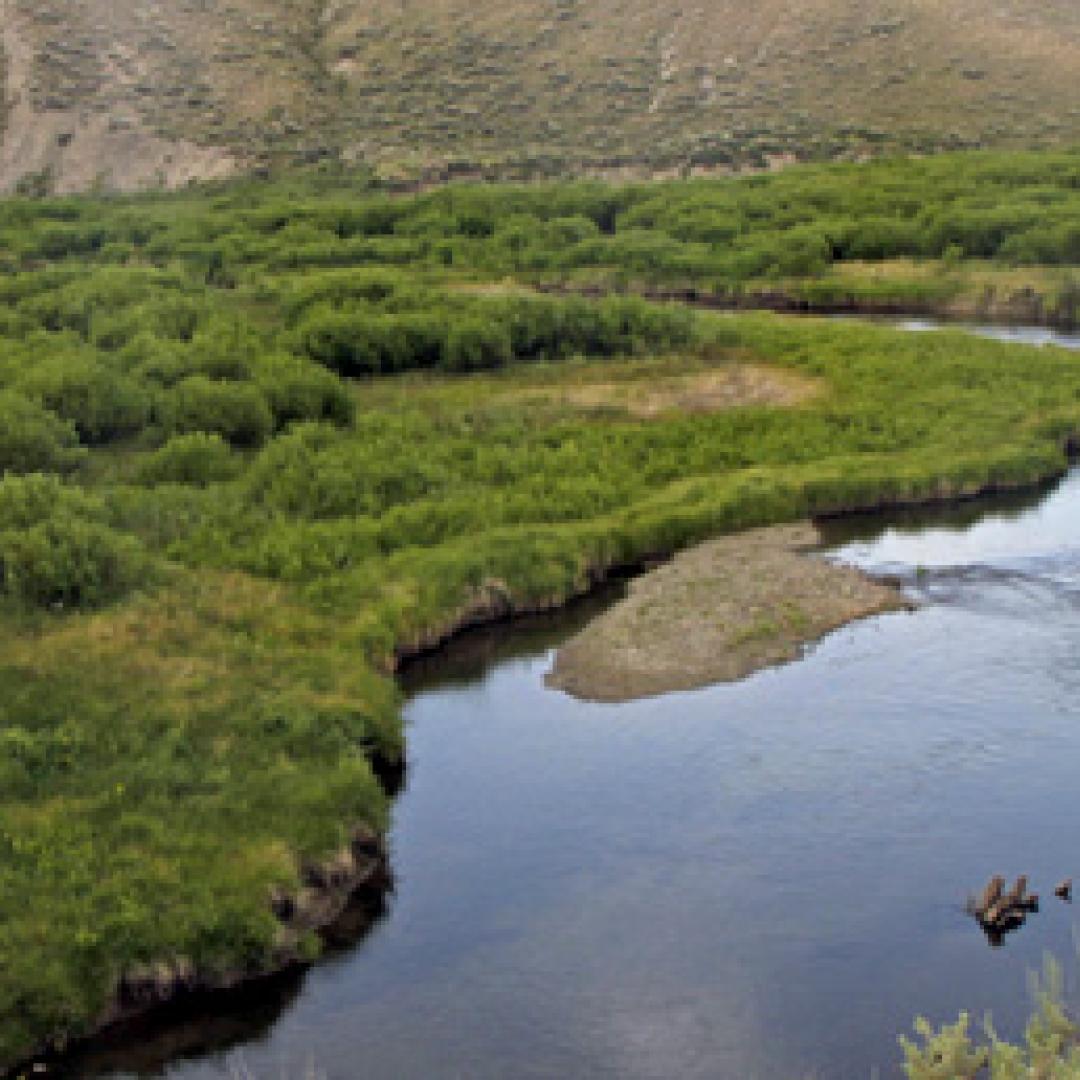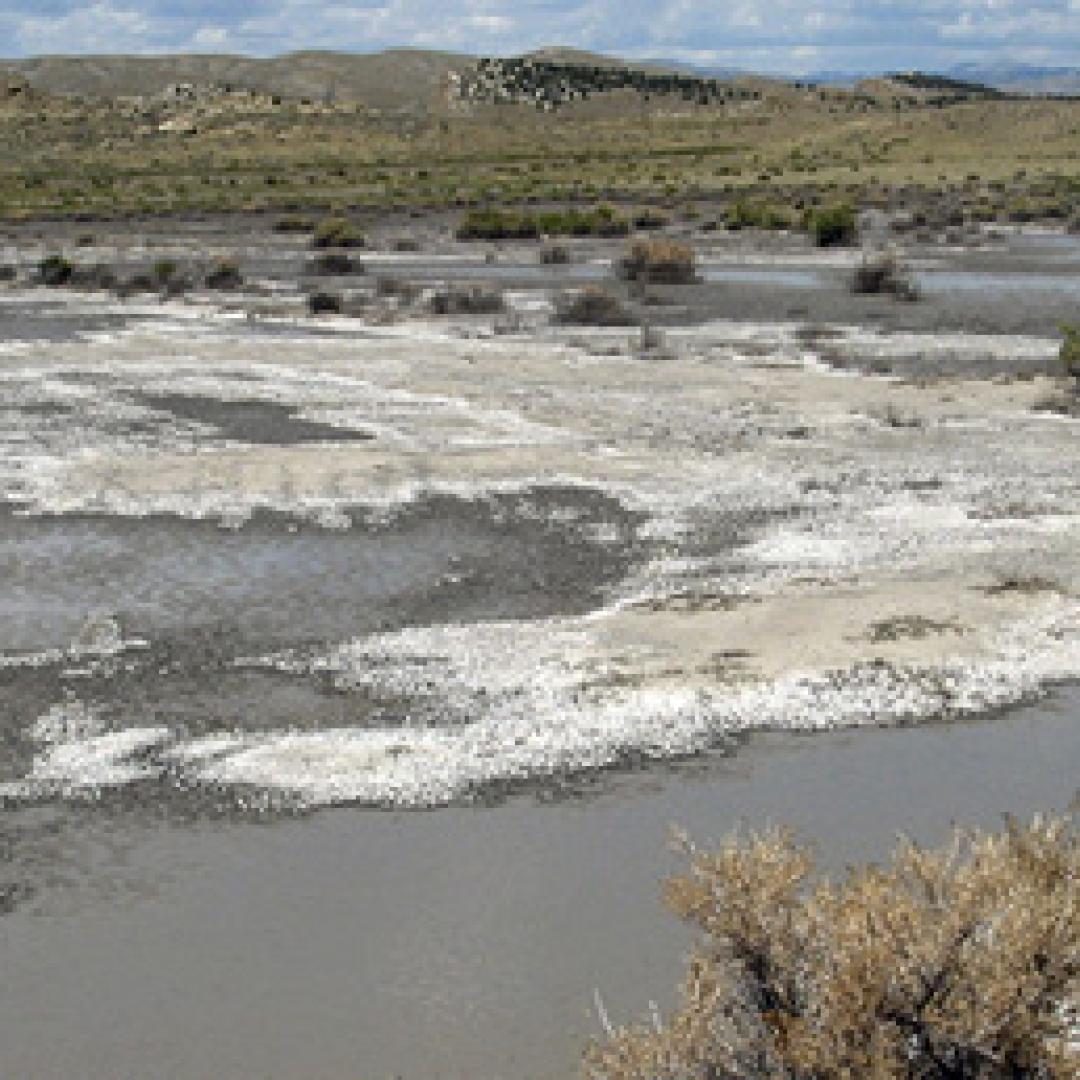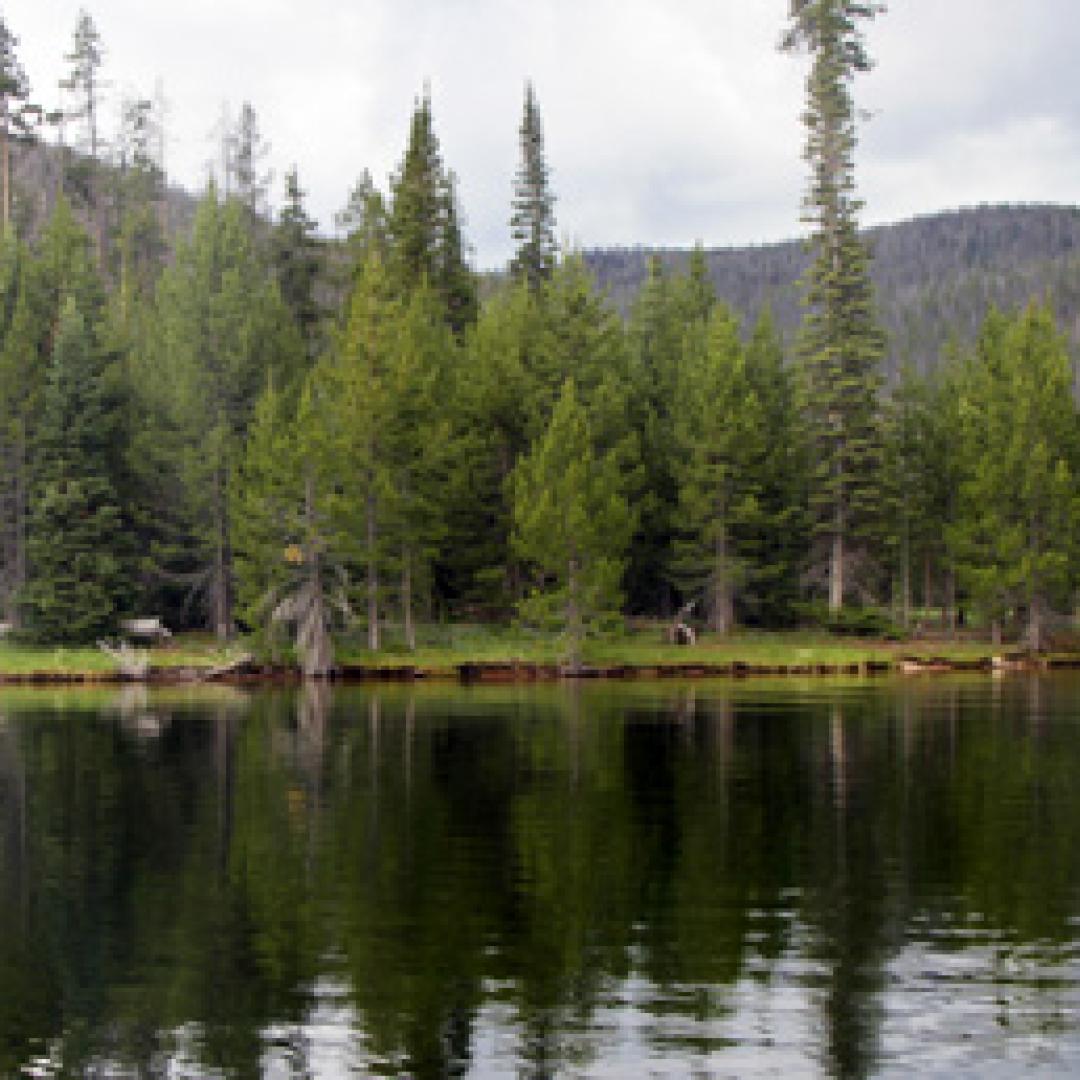Wetland Conservation
Wetland conservation and restoration in Wyoming is a collaborative and multifaceted effort. Game and Fish is a member of the Intermountain West Joint Venture's Wyoming State Conservation Partnership. This organization brings together private citizens and landowners, agencies, non-profits, and others to collaborate on conservation projects.
In collaboration with the PartnershipState Conservation
Partnership members, Game and Fish has developed the Wyoming Wetlands Conservation Strategy and regional wetland conservation plans. These are statewide and priority complex specific planning efforts that establish wetland conservation priorities, identify regional factors
affecting wetland conditions, and provide strategies for conserving wetland resources. Wetland condition assessments underway were also conducted for Wyoming’s priority wetland complexes.
Additional Resources
What makes it a wetland?
Wetlands are defined by their hydrology, vegetation, and soil. Wetlands have to hold water for at least a portion of the year. Wetlands have unique soil conditions because the soil is completely saturated with water. Wetlands support special plants, called hydrophytes, adapted to the wet environment.
Plants and Animals of a Wetland
Wetlands provide valuable habitat to wildlife in what can be an otherwise dry and harsh environment. Many birds, mammals, amphibians, and other animals require wetlands or riparian areas to survive, including as much as 70% of Wyoming's bird species. Other wildlife use wetlands seasonally or during parts of their life cycle.
The Department's State Wildlife Action Plan has species accounts for all the wildlife you’ll find in our wetlands. The Wyoming Natural Diversity Database also has a great collection of information and research on the Wetlands of Wyoming.
Visit Our Wetlands
Game and Fish manages variety of wetland and riparian habitats across the state. Many of our Wildlife Habitat Management Areas (WHMAs) are home to large wetland complexes that support migrating waterfowl and other waterbird populations.
These are among the best places in Wyoming to hunt waterfowl or view diverse communities of birds and wildlife. Songbirds are abundant along riparian corridors which are perfect spots for birders, and anglers, to spend an early morning.
| WHMA | Activities Available |
|---|---|
| Table Mountain and Springer | Hunting, Birding |
| Yellowtail | Hunting, Fishing, Birding |
| Ocean Lake | Hunting, Fishing, Birding |
| Soda Lake | Hunting, Fishing, Birding, Audubon viewing hut and trail |
| South Park | Hunting, Fishing, Birding |
| Chain Lakes | Birding, Photography |
| Sunlight | Birding, Fishing |
Land Trusts
The Jackson Hole Land Trust, The Nature Conservancy and The Wyoming Stock Growers Association preserve lands of scenic, agricultural, and wildlife value through various easement options.
Guides and Management Resources
Best Management Practices, Wyoming DEQ
Resources on best management practices relating to nonpoint source pollution.
Barnyards & Backyards: Rural Living in Wyoming, UW Extension
Articles on how to live better on your acreage. Topics include wildlife, water, and grazing.
The Wyoming Game and Fish Department Habitat Extension Bulletins include information on the habitat needs of wildlife in Wyoming. They also offer guidance on a variety of wildlife friendly land management practices, aimed at landowners and land managers interested in increasing wildlife abundance on their properties.
Trumpeter Swan Habitat Creation Guide, by Susan Patla and Dave Lockman
This guide details considerations and prescriptions for the design, construction, and management of shallow water wetlands for spring through fall use by trumpeter swans in western Wyoming. It is designed for use by private landowners, wetland construction contractors, biologists, land trusts, and land managers.
Wetland Articles
-
Answer
By Holly Copeland, Landscape Ecologist, The Nature Conservancy in Wyoming
This short article summarizes a state-wide assessment of wetlands that mapped “wetland complexes” and determined their importance in biodiversity, recreation potential, agricultural influence, condition, and vulnerability to future environmental changes.A Check-up on the Condition and Health of Wyoming’s Wetlands
-
Answer
By Steve Tessmann, Wyoming Game and Fish Staff Biologist and State Conservation Partnership Chair
Learn about Goshen Hole, a wetland complex that comes to life during spring and fall, when it serves as a crucial hub for migrating birds.
-
Answer
By Susan Patla, Wyoming Game and Fish Department Non-game Biologist
Trumpeter swans, the largest waterfowl in North America, have long been valued for their grace and beauty. More recently, the resident population in the Intermountain West has proven to be an excellent catalyst for wetland restoration and conservation work.
-
Answer
By Susan Patla, Wyoming Game and Fish Department Non-game Biologist
A Wyoming Wildlife magazine story about the numerous Game and Fish initiatives to create and preserve crucial swan habitats throughout Wyoming.
Creating a swan habitat in a sagebrush sea is anything but black and white
How to Visit a Wetland Guide
Are you interested in visiting a wetland with your family or students but unsure where to start? This guide will send you off in the right direction!
Wetlands Guide
Partners in wetland conservation
There are many organizations and resources for anyone who would like to learn more about wetlands and wetland conservation.
If you’re interested in managing, restoring, or protecting wetlands on your property, many options for funding and technical assistance are available, including for working lands. Organizations involved in wetland conservation can help answer your questions and find the right program for you. See the list of partners and resources below for more information.
Ducks Unlimited (DU)
DU works with partners and private landowners across the state to create, enhance, and restore wetlands. DU also protects high quality wetlands and associated wildlife habitat through easements, acquisitions, and planned gifts. Contact DU's Wyoming/Colorado office for more information on conservation programs.
The Nature Conservancy (TNC)
The Nature Conservancy protects wetlands and other priority habitats across Wyoming primarily through easements and acquisitions. They are also involved in ongoing assessments of Wyoming’s wetland complexes, as well as innovative management techniques to improve riparian and wetland habitats.
Partners For Fish And Wildlife (PFW)
PFW restores, creates, and enhances terrestrial and aquatic systems on private and public lands. In Wyoming, PFW’s focal areas are the Laramie Plains, Goshen Hole, Wind River, Bear River, Green River, Powder Tongue River, Black Hills Mixed Grass, Little Snake/ Upper Platte, and Upper Sweetwater/Red Desert.
Natural Resources Conservation Service (NRCS)
NRCS offers a variety of conservation programs that benefit both agricultural producers and the environment. These include financial and technical assistance for restoration projects and easements for working and non-working lands. NRCS works closely with local Conservation Districts to deliver projects in Wyoming.
Intermountain West Joint Venture
The mission of the Intermountain West Joint Venture (IWJV) is to conserve priority bird habitats through partnership-driven, science-based projects and programs.
Wyoming Natural Diversity Database
WYNDD has a wetland specific page for data from Wyoming. They offer the most complete source of data for species and vegetation communities of conservation concern in Wyoming.




